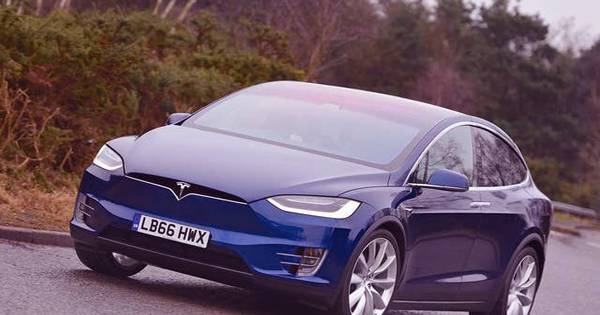This is the dream of every passenger who has no imagination to dream of working from home: you get up in your car and fall asleep; you can only sleep when your car gives you work.
Several large companies have stated that they are close; with forecasts for 2018 you missed your deadline there, GM starting in 2030. We are still a few years away from commercial self-driving cars that you can actually use without any need for supervising drivers. Tesla CEO Elon Musk thinks he could have a fully self-driving car before 2020.
Musk said in a podcast, reported by Wired. “I think we’ll be “feature-complete” on full self-driving this year.” “This means the car will be able to find you in the parking lot, pick you up, and take you to your destination without interference this year.” As exciting as this promise may be, current models are not ready for it. It did not prevent a person from driving at least 48 kilometers (30 miles) on a busy freeway with free sleep on the wheel.
A video given to ABC7 Eye eyewitness news shows a Tesla driving on one of the busiest roads in Southern California, at 405 Freeway, the driver appears to have rearranged and is fully asleep. “I realized he was completely asleep,” Shawn Miladinovich, a witness to the incident, told NBC Los Angeles. “Eyes closed, hands nowhere near the steering wheel.”
The stranger appeared with something attached to the wheel to keep the Tesla autopilot busy. If Tesla detects that your hand is not in the wheel, it will activate an alarm to prompt the driver to do so as a safety feature. “If the little thing tied around his steering wheel fell off and he was still asleep, he could have pushed someone 655 miles per hour,” Miladinovich said. Although people clearly believe in autopilots, according to Tesla, cars are still not ready to operate perfectly without drivers, who always need to be careful. “The autopilot is intended for use with fully attentive drivers, who have their hands on the wheels and are ready to take charge at any time.” Tesla said on its website, “Although the autopilot is designed to be more efficient over time, it is not currently a self-driving system”.
“Current autopilot features require active driver supervision and do not make the vehicle autonomous. Billion Activation and use of these features depend on human drivers gaining greater reliability as evidenced by billions of miles of experience.”















